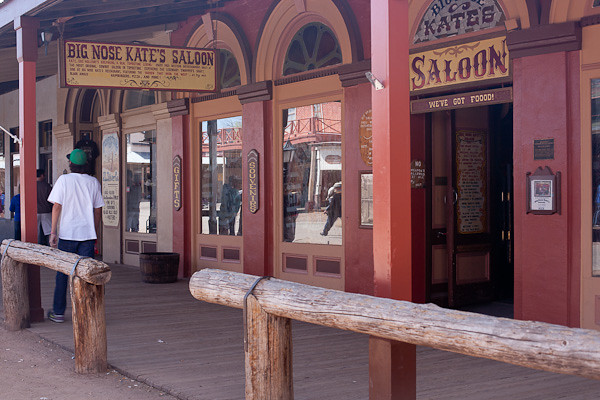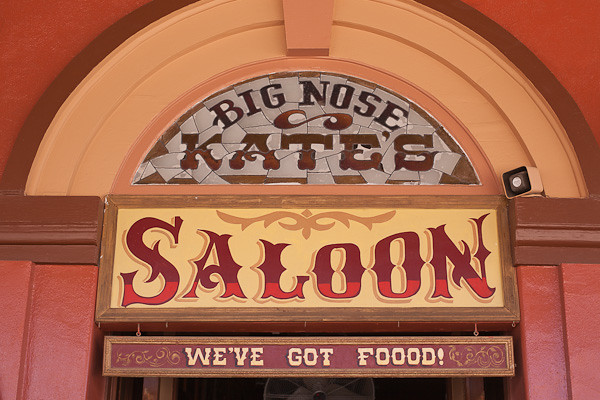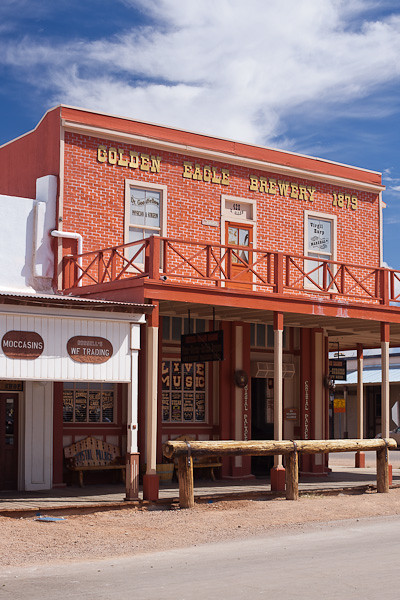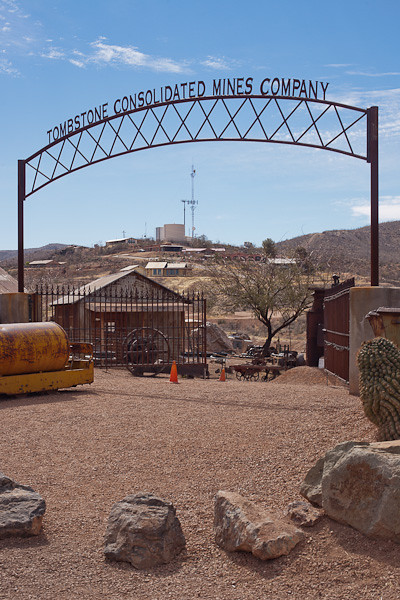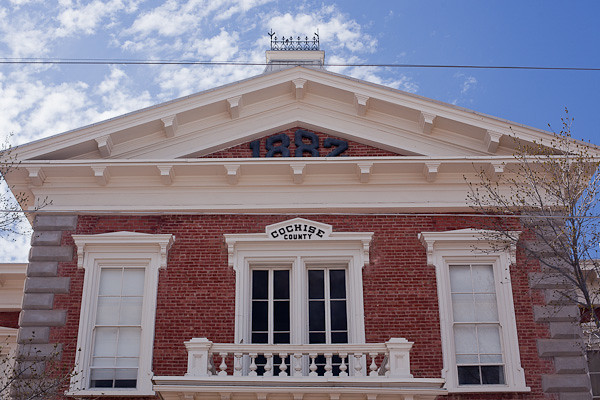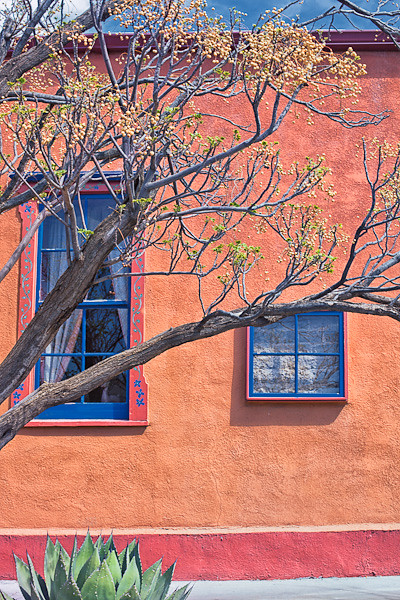
Order Cheap Tramadol A Pretty Fence is Still a Fence © 2012 Bo Mackison
Fear is the highest fence. ~ Dudley Nichols
Best Place To Order Tramadol Online There was a time I thought that fences kept people safe, kept gardens safe from critters, kept farm animals safe from cars speeding on the highways that cut through on their way to someplace important.
http://economiacircularverde.com/que-es-la-economia-circular/ Then I listened to a woman who had moved from Manhattan to a rural area in southeast Arizona. She was discussing the cussedness of birds who remained determined to feed from her green garden despite the wire fences she had installed around the garden perimeter, despite the netting she had arched from the top of the fence, like a roof, over her precious vegetables. I turned toward the art in the gallery so she didn’t see me smiling broadly as she told of the thieving Gambel’s Quails and Roadrunners who still managed to eat breakfast, lunch, dinner, and frequent snacks from her garden.
I had a hard time imagining the birds’ antics as she described them. The quails could fly upwards like a helicopter, then squeeze between the wire fence and the netting, and drop gently into the midst of her luscious greens. She described how the roadrunners were the sneakiest trespassers of all the birds, but their antics to get into this Fort Knox equivalent of a vegetable garden was far beyond my understanding. However, the ex-Manhattan-stock-broker-turned-country-vegetable-gardener, apparently knew the secrets of those ransacking roadrunners who watched her from mid-garden as they nibbled their lunch, watched until she was just close enough with her broom. Then they disappeared.
I do wish I had been better able to follow the story, because the parts I really wanted to understand — all the escapes — were told with few details. I don’t know how these industrious and obviously intelligent birds had a passport to the woman’s private garden. But they did.
Was it that they had no fear? Just determination and a rudimentary plan?
There are few fences on the open range, even when roads pass through. There are cautionary signs — “Range Animals. Stay Aware.” There are no signs for the cattle, obviously, and yet I seldom see one on the back roads I travel. They are in the thorn scrub and grasslands, eating whatever they can find. Apparently they are usually smart enough to understand there is little food to be found on dirt roads. I have seen cattle amble across a road, but not too many walk on the roads as their means of transportation. Better to walk amidst the grasses and eat while cruising along. Seems these cattle don’t need fences to keep them safe from cars. Perhaps drivers are sensible enough to realize that a several hundred pound animal can inflict costly damage on vehicles.
So, perhaps I don’t need those fences I erect around myself to keep me safe, either. It feels better to have “free range” and not stay cooped up in what I thought was a safe place. After all, even surrounded by the best of fences, those that want to get in — quails and roadrunners, for example — have their ways.
And now back to the quote that started me thinking about fences on this rainy-snowy morning in southern Arizona.
Fear is the highest fence. ~ Dudley Nichols
——————-
Bo Mackison is a photographer and owner of Seeded Earth Studio LLC, living and photographing in southern Arizona. Lately she has spent some time thinking about fencing creatures in and fencing creatures out. All kinds of creatures — four legged, two legged, with wings…

